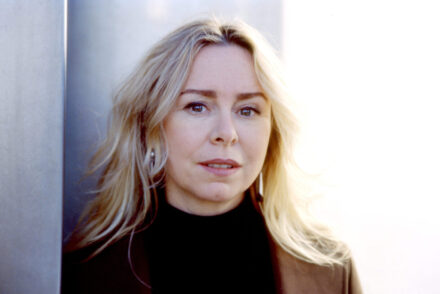Sauerstoff, oxygen, oxygène?
We are all used to English as thé language in science. Hundred years ago, this was not decided at all. “It was obvious that not one language would be the language of science, but a mixture of French, German and English would be the right answer,” writes Michael Gordin in his book Scientific Babel.
Gordin is professor of modern and contemporary history at Princeton University. “The story of the 20th Century is not so much the rise of English as the serial collapse of German as the up-and-coming language of scientific communication,” he writes.
Boycot
After the First World War, German scientists faced a boycott. This divided the scientific world in two parts: the former allies against Germany and its allies. In international academic unions, German was not longer im Frage. The United States pushed it a little bit further, the moment they got involved in the war, German became a forbidden language in 23 states. This made the new generation of scientists focus themselves solely on English. The American scientists became more dominant in the years after that. “So you end up with a very American-centric, and therefore very English-centric, community of science after World War Two.”
Gordin writes about the confusion about the word ‘oxygen’. The term was born in the 1770s, as French chemists are developing a new theory of burning. “They pick the term ‘oxygen’ from Greek for ‘acid’ and ‘maker’ because they have a theory that oxygen is the substance that makes up acids. They’re wrong about that, but the word acid-maker is what they create, and they create it from Greek,” Gordin says. The Germans made their own word, Sauerstoff. The Swedish and the Dutch also use a term like this one, while the English adopt the French term. After the Second World War, all new elements get English names. Of course, this is more convenient.






